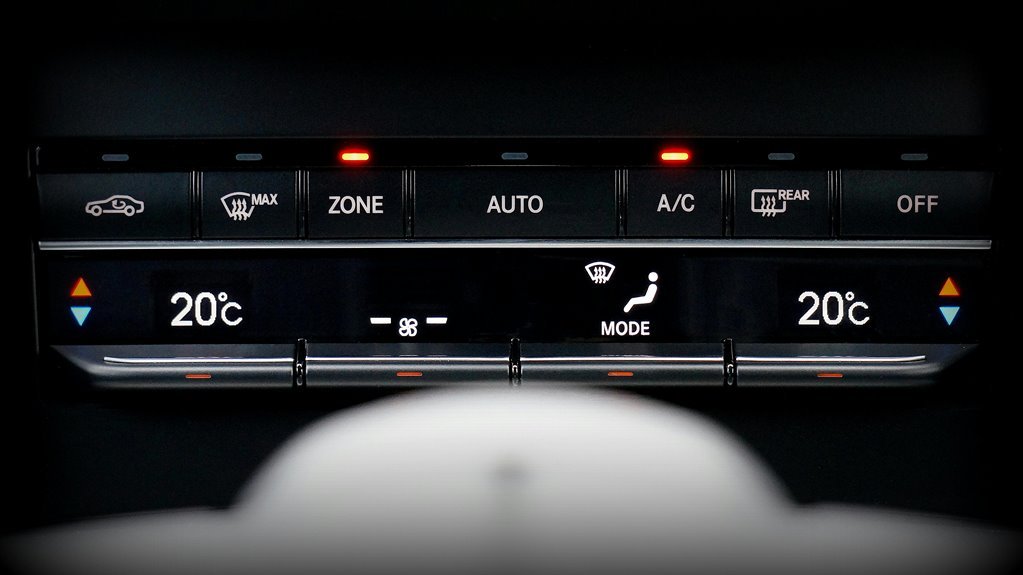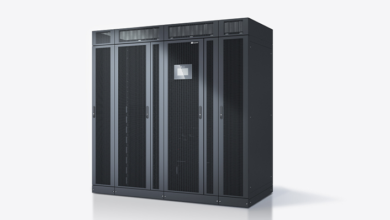
How Much Is 50 Degrees Celsius in Fahrenheit? Converting 50°C to Fahrenheit
The conversion of temperature from Celsius to Fahrenheit is a common requirement in various fields, from culinary arts to scientific research. Understanding how to accurately perform this conversion is crucial for effective communication across different temperature scales. For instance, 50 degrees Celsius requires a specific calculation to determine its Fahrenheit equivalent. This process not only illustrates the mathematical relationship between the two scales but also emphasizes the importance of precision in temperature measurement. What is the final result of this conversion?
Understanding the Celsius and Fahrenheit Scales
The relationship between the Celsius and Fahrenheit scales is fundamental to understanding temperature measurement.
The Celsius scale, based on the freezing and boiling points of water, contrasts with the Fahrenheit scale, which employs a different calibration.
Each scale serves distinct purposes in various regions, highlighting the necessity for familiarity with both systems.
Understanding these scales enhances one's ability to communicate temperature effectively in a global context.
The Conversion Formula
To convert temperatures between Celsius and Fahrenheit, a specific formula is employed that facilitates this transformation.
The primary conversion method involves multiplying the Celsius temperature by 1.8 and then adding 32. This formula effectively bridges the two distinct temperature scales, allowing for accurate temperature comparisons and conversions essential for scientific, culinary, and everyday applications.
Understanding this formula enhances one's ability to navigate temperature-related tasks efficiently.
Step-by-Step Conversion of 50°C to Fahrenheit
Converting 50 degrees Celsius to Fahrenheit requires careful application of the established formula, ensuring accuracy in the transformation process.
First, multiply 50 by 9/5, yielding 90. Next, add 32, resulting in 122 degrees Fahrenheit.
This step-by-step unit conversion illustrates the relationship between temperature scales, providing clarity for those seeking to understand the complexities of temperature measurement and conversion.
Practical Applications of Temperature Conversion
Temperature conversion plays a crucial role in various fields, including science, medicine, and culinary arts.
The real world implications of accurate temperature measurement are significant, particularly in processes sensitive to temperature variations. For instance, pharmaceuticals require precise temperatures for efficacy, while cooking relies on exact conversions to ensure food safety.
Understanding temperature sensitivity enables professionals to make informed decisions, enhancing outcomes across disciplines.
Conclusion
In the realm of temperature, the conversion from Celsius to Fahrenheit serves as a bridge between worlds, much like a skilled translator uniting diverse cultures. The transformation of 50 degrees Celsius into 122 degrees Fahrenheit highlights the importance of understanding and communication in our interconnected lives. Just as a shared language fosters connection, mastering temperature conversions enables us to navigate cooking, science, and daily interactions with confidence. Ultimately, this knowledge empowers us to embrace the warmth of understanding across different scales.




